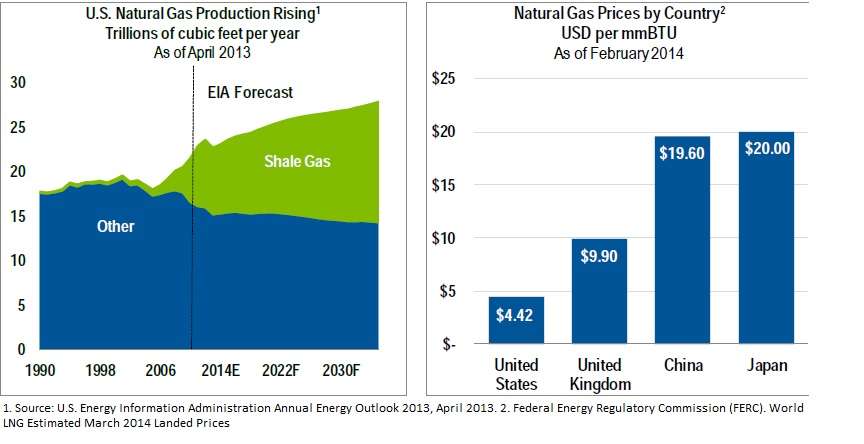The high returns delivered by US-focused funds both in 2012 and 2013 may have prompted many of you to buy these funds. We now have quite a few investors asking whether they should exit these funds as the returns have been miniscule in the last 6 months and also negative in the last 3 months.
We have these questions asked to us on US-focused funds:
- Why did the funds not perform?
- Should I hold the fund? /Should I invest in US-focused funds now?
- What are the prospects for US-based funds?
Given below are what we think are the answers to these questions.
Why did the funds not perform?
First the performance of US equity markets, though not top notch in 2014, the way it is in India, has been decent in dollar terms. In the last 6 months for instance, a broad-based US index such as the Russell 3000 delivered about 8.5% in dollar terms. Then why should your fund returns look lower? Because the rupee appreciation dented the returns.

To give a perspective, the rupee appreciated over 13% against the dollar from its peak (Rs 67.9) at the beginning of September till date. Over the same period, the Russell 3000 index or the S&P 500 rallied about 16-17 percent.
The rupee’s appreciation against the dollar means that you have lower returns in hand as every dollar of profit fetches you lower rupee value. In other words, currency risk factor played out negatively for you; exactly the reverse of what happened in 2013, when these funds gained from rupee depreciation.
Should I hold US funds/should I buy them?
Our response to this is simple: you should, if you bought or are buying the fund with a view to diversify and you have the same time frame as any other equity fund. If you had bought these funds in your quest to chase returns, then Indian markets would possibly deliver higher returns than the US over the long term.
Just ask yourself if you would buy debt funds because they can deliver higher returns than equities? No. You hold them to provide a hedge when equities fall and to diversify into other asset classes. International funds have to be treated in the same way.
Markets such as US and for that matter Europe have relatively lower correlation with the Indian markets. That means, the have better chances of delivering returns when Indian markets are down. This was also proved in recent years. Yes, over longer time frame of 5,10 years or more, developing markets such as India have shown to deliver superior returns.
Just keep in mind few simple rules before you choose an international fund:
- You already have a core portfolio build with domestic focused funds
- You wish to diversify into other markets to tap into opportunities not available here or to simply diversify
- You intend to keep your allocation to such funds not more than 10% of your portfolio for the long term
- In years of extraordinary rallies when these funds deliver say 40-50% you will book some profits and deploy in local funds
- Do not pin your return expectations on these funds based on an extraordinary year’s performance. Look at 5,10 year returns of such markets
What are the prospects for US-based funds?
First, at a macro level, the US equity market has seen steady earnings growth and expansion in valuations in the past 5 years, backed by improving domestic economy. Strong consumer spends, higher savings rate and lower debt together with unemployment rates at near 5-year low have all been positive drivers for the US equities.
Yes, these factors have certainly driven the US equities to levels that are not particularly cheap or attractive. Also, while a developed market such as the US may not appear to be as exciting as the dynamic Indian equity market, the US does offer its own set of themes that hold prospects or themes that simply have no scope for participation in the Indian soil.
Here are some of the factors/themes playing out in the US that appear to suggest that there could still be steam left in US equities.
‘Manufacturing renaissance’ is an oft-used term by analysts in US now. This stems from the vast discoveries of shale gas in the US over the last 5 years; expected to change the energy story there by lowering costs.
The graph below is evidence to the already low energy costs in the US. New horizontal drilling technologies for shale gas have also opened up opportunities for the capital goods sector in the US.
Overall, lower energy cost is also expected to drive investments in industrial sectors. This is already visible in terms of some of the manufacturing bases moving back to the US from seemingly low-cost regions.

The other sector that could hold promise, albeit over longer time frames is healthcare. According to analysts, there is a compelling need now in the US to contain costs in healthcare leading to innovation in the biotechnology and related fields, to providing quality care at reasonable costs.
Healthcare companies are moving towards this as seen through many clinical trial successes in various diseases. These could potentially drive long-term earnings growth for companies that adapt improvements/innovation early on.
The third theme is expected to revolve around technology both in the field of electronic technology and digitization. In the electronic field ‘smart’ applications spanning across industries such as fitness, automobiles, security, storage, analytics and industrial segments besides direct consumerism has continuously seen innovation.
Similarly, on-demand videos and TV shows have changed the way the entertainment industry operates in the US thus leading to a boom in streaming services as well as a big syndication market for all the content.
Sectors such as these would be hard to participate through equity markets in India.
This is not to say that the basic brick and mortar businesses that you will participate in India would not deliver returns. They will deliver and well too. But early stage ideas and themes also carry their own premium valuations and returns and that is where the US-story might lie.
While an ETF could be a low-cost way to participate in the US market, an actively managed fund in the US may be better placed to identify such potential early.







Dear Vidya mam,
Sensible argument in favour of small allocation towards US based funds. I just want to raise one point though. If we include schemes like Templeton India Equity Income/PPFAS Long Term Value and the likes which have mandate to invest into emerging market and international equities, it will serve the purpose.
This will add international flavour to our fund folio and at the same time will be better from the tax perspective. Additionally rupee dollar movements will not affect such funds as much as the feeder funds discussed by you.
Please enlighten. Thanks.
Regards, Aditya
Hi Aditya,
As always, thanks for your valuable comments 🙂 Appreciate your participation.
You are right that some of the funds you stated take exposure to intl. equities. But if you see whether they have meaningfully provided a hedge or sufficient diversification (which is the purpose of an intl. fund) esp in years such as 2012/13, they would not have. I would tend to think 20-35% is too small a sum to provide that unless you allocate a very large sum to the fund, in which case you would be taking undue bet on a single fund. I would view these funds as Indian equity funds which look for opportunities outside for the sake of valaution but with their correlation strongly linked to Indian markets and fundamentals. Also, when a fund such as PPFAS for instance goes with an intl. flavour, they will stick to standard stock names and not be in the business of venturing into the best/emerging picks in those markets. Hence, the idea of going for different themes available in those markets (which was the premise for this article) may also not be too well served. thanks, Vidya
Dear Vidya Mam,
Thank you very much indeed. I agree with your point that to take a sizable bet on international equities one will have to resort to international funds. But I feel one has to play tactically and track rupee movements with the respective currency. Having said that one must allocate international funds as a small part of his/her Mutual Fund portfolio.
Warm Regards,
Aditya.
Dear Vidya mam,
Sensible argument in favour of small allocation towards US based funds. I just want to raise one point though. If we include schemes like Templeton India Equity Income/PPFAS Long Term Value and the likes which have mandate to invest into emerging market and international equities, it will serve the purpose.
This will add international flavour to our fund folio and at the same time will be better from the tax perspective. Additionally rupee dollar movements will not affect such funds as much as the feeder funds discussed by you.
Please enlighten. Thanks.
Regards, Aditya
Hi Aditya,
As always, thanks for your valuable comments 🙂 Appreciate your participation.
You are right that some of the funds you stated take exposure to intl. equities. But if you see whether they have meaningfully provided a hedge or sufficient diversification (which is the purpose of an intl. fund) esp in years such as 2012/13, they would not have. I would tend to think 20-35% is too small a sum to provide that unless you allocate a very large sum to the fund, in which case you would be taking undue bet on a single fund. I would view these funds as Indian equity funds which look for opportunities outside for the sake of valaution but with their correlation strongly linked to Indian markets and fundamentals. Also, when a fund such as PPFAS for instance goes with an intl. flavour, they will stick to standard stock names and not be in the business of venturing into the best/emerging picks in those markets. Hence, the idea of going for different themes available in those markets (which was the premise for this article) may also not be too well served. thanks, Vidya
Dear Vidya Mam,
Thank you very much indeed. I agree with your point that to take a sizable bet on international equities one will have to resort to international funds. But I feel one has to play tactically and track rupee movements with the respective currency. Having said that one must allocate international funds as a small part of his/her Mutual Fund portfolio.
Warm Regards,
Aditya.